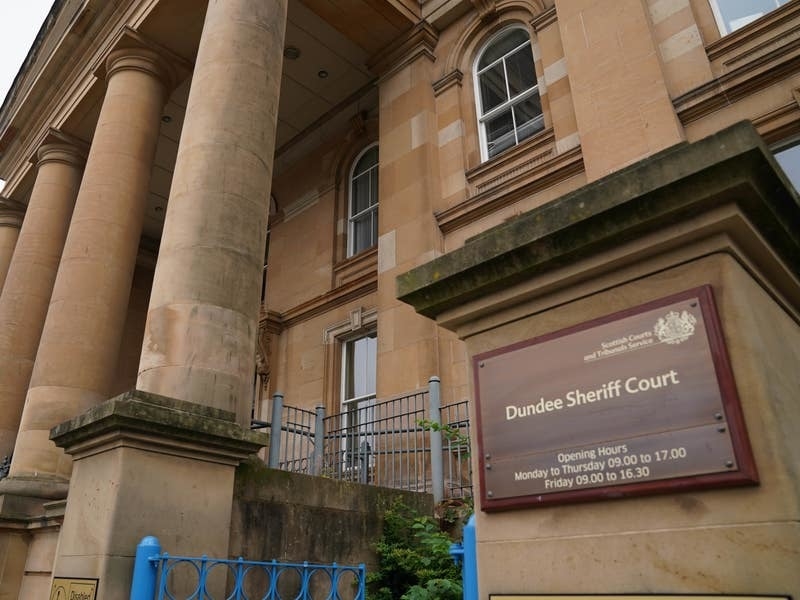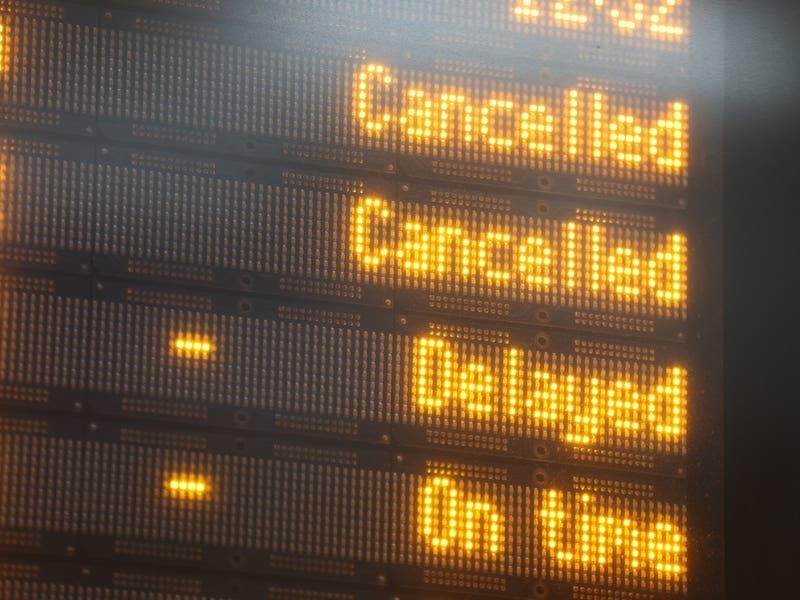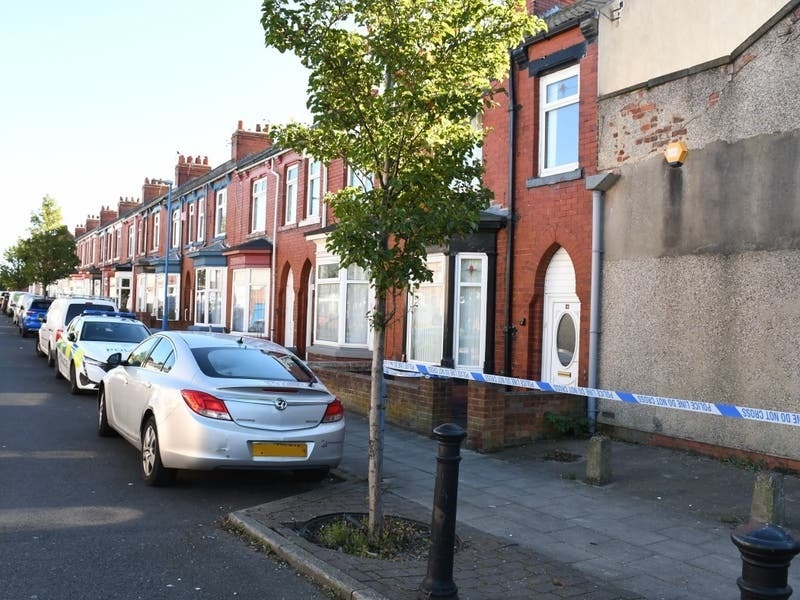PUTTING children first, improving wellbeing and mental and physical health, the economy, the environment and reducing income inequality and improving the standard of living – they are all noble aims.
And they are exactly what the Council of Ministers unveiled last week as their priorities for the next four years in the Common Strategic Policy.
The States still need to approve them, of course, but typically that is a rubber-stamping exercise, bar a few tweaks, to a plan that really is for ministers to decide.
So Chief Minister John Le Fondré is now a man with a plan.
And we can now all see what he and his team have been working on.
In a recent interview, Constable Richard Buchanan, who is an Assistant Chief Minister and works closely with Senator Le Fondré, moved to assure Islanders that the new Chief Minister had been working very hard behind the scenes.
And he said that the public were now beginning to understand what the Senator was all about.
But are we? And whose wider plan are we working to anyway?
The simple answers are not really, but perhaps he – and we – still need time, and we just don’t know – is it chief executive Charlie Parker’s grand plan for the public sector, which ministers are just fitting into? Or is Mr Parker merely the agent for change that had already been set in train by the previous Council of Ministers?
Certainly the wider plan is not this Chief Minister’s, and he has not yet taken ownership of it.
But the strategic plan is his, and now is the opportunity for our Council of Ministers to really show us what they are all about.
Most of the priorities are nothing new, and few would argue that they aren’t important.
But they are also very loose aims with overarching headlines.
And that makes it extremely difficult to measure if they have been achieved.
Us journalists like measurable aims that we can revisit to make assessments when the time comes – it’s just common sense.
It is about much more than just easy headlines, it’s about giving the public something tangible to digest and, again when the time comes, use to decide who they want in government next.
It is not unfair to expect to be able to do this. Most businesses would carry out internal assessments periodically in this way.
And if you put a business case together you’d want to set out clear aims and parameters for measuring success.
After all, how can anyone be
held to account if there’s no such
tools?
It is a long-standing problem of Jersey politics that each and every time a Council of Ministers sets its new priorities they are big on the utopian ideals and short on the details.
It is kind of like the core values that you often see on school noticeboards.
You know, the ones that say: ‘We will be kind, respectful, tolerant and thoughtful. We will appreciate each other’ and so on.
They are laudable values and look great on the wall. But it is about what the staff actually do to teach the students how to be all of those things and how they are promoted and prioritised within the school.
The Common Strategic Policy is the same. And the important bit is what comes next.
The Chief Minister has warned that tax rises are likely in order to pay for the priorities, but we are yet to find out any more about who and what. As the saying goes, the devil really will be in the detail, and some of that detail may not come out for a long time yet.
In fact, most of it has probably not yet even been decided.
So this is a chance for our new Council of Ministers to succeed where others have failed and really give Islanders something to engage with when it comes to strategic priorities.
Just as the Chief Minister is keeping Islanders updated on what he is up to via regular online vlogs, perhaps we could have a regular assessment about how they are meeting (or otherwise) the aims that they have put forward as most important right now for Jersey.






